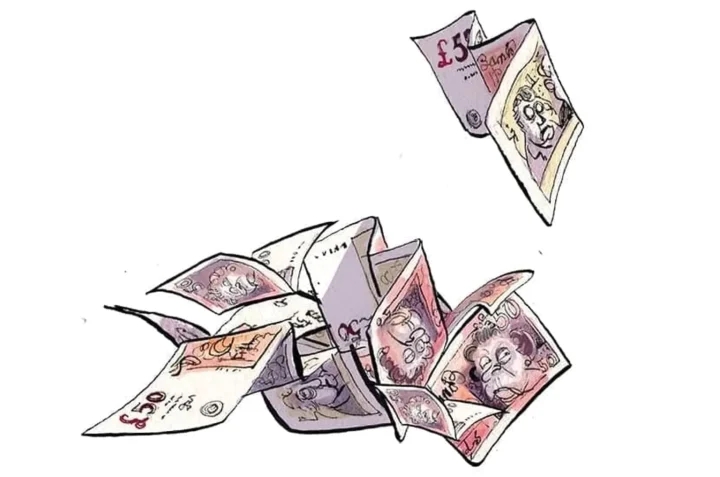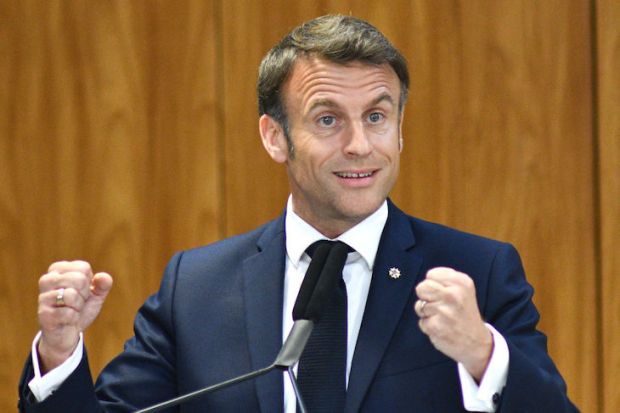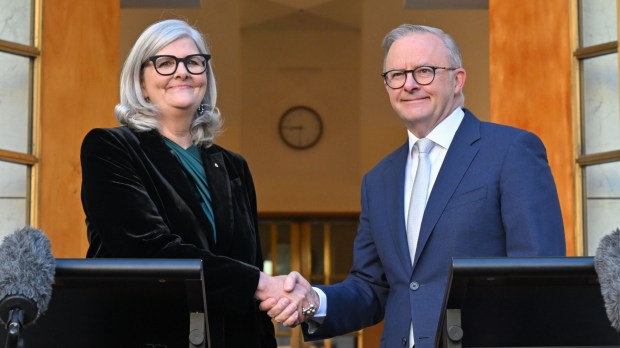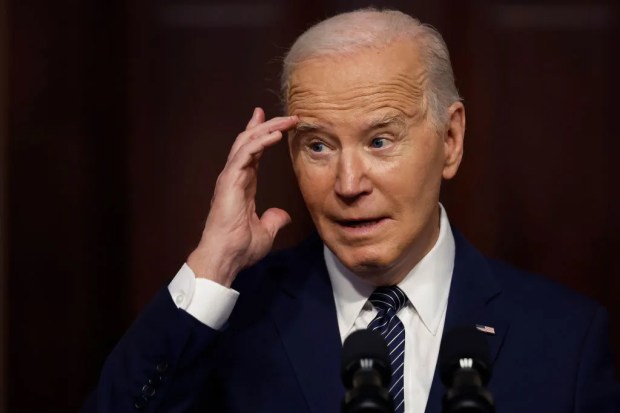Every month, the Bank of England publishes new data on the flows of money and credit around the UK economy. Most commentators focus on the ‘credit’ part – particularly the amount of mortgage and credit card borrowing. In contrast, the ‘money’ part rarely gets a mention.
This is understandable. After all, good luck explaining what ‘M4ex’ is down the Dog and Duck. (If you must know, it is essentially the notes, coins, sterling deposits, and short-dated bonds held by UK households and non-financial companies). But the failure to discuss ‘money’ is worrying. Even the Bank of England acknowledges that money growth is an ‘important indicator of developments in the economy’.
If anything, inflation is fuelling wage rises, rather than the other way around
I would go further. Changes in the supply of money are key to understanding what has happened to inflation – and where it might be heading.
Here the recent news is mostly good – on inflation at least. The latest figures, published on Wednesday morning, show that the annual growth of the Bank’s preferred measure of broad money (which is what I mean by ‘M4ex’) has slowed to zero – so no more extra money is circulating in the economy. This should drag inflation down further over time.
To illustrate this, here is a simple chart comparing the growth rate of broad money and the annual rate of inflation. The former appears to lead the latter, with a lag of about 18 months. I’m not ready to die on a hill for the precise relationship implied here, but hopefully you get the idea. Similar charts work just as well for the Euro area and the US.
Most people instinctively understand that inflation is something that happens when too much money is chasing too few goods and services. Despite this, you would be hard pressed to find a single reference to the money supply in any policy statements from the Bank of England.
Most oddly of all, the Bank’s public explanations for its policy of ‘quantitative easing’ (QE) focus on the impact on bond yields and the positive wealth effects from increases in other asset prices. There is just a passing reference to the impact of this extra money floating around the system.
Some central bankers have even downplayed QE as simply an ‘asset swap’ (cash for government bonds) which only affects the economy through its impact on interest rates, and which is not really ‘money printing’ at all. But surely the clue is in the name: ‘quantitative easing’ works, at least in part, by increasing the quantity of money.
An honourable mention here must go to Professor Tim Congdon and Dr Juan Castañeda at the Institute of International Monetary Research (IIMR), based at the University of Buckingham. They correctly predicted in 2020 that excessive monetary growth (largely as a result of how central banks helped to finance government borrowing and spending via QE) would cause an inflationary boom. This message was echoed by members of the Shadow Monetary Policy Committee (SMPC), hosted by the Institute of Economic Affairs. But we were in a small minority.
Instead, the usual narrative is that inflation has been driven by higher food and energy prices, with the implication that these increases are what has caused inflation to take off. More recently, the focus has shifted to higher pay, with many worried that a ‘wage-price spiral’ has now set in.
Monetarists would say that this is missing the wood for the trees. Supply shocks – such as Covid restrictions, the fallout from the Ukraine war, or Brexit – might explain why some prices are rising faster than others. But if these shocks had not happened, the inflationary pressure from excessive monetary growth might simply have popped up somewhere else. Indeed, we have already seen this in the way that measures of ‘core’ inflation that strip out energy and food have risen.
The concept of a ‘wage-price spiral’ doesn’t hold much water, either. For a start, wages are only just beginning to catch up with prices. If anything, inflation is fuelling wage rises, rather than the other way around. More fundamentally, wage rises simply shuffle money around the economy and so cannot affect the overall level of prices – unless the central bank prints more money to pay for them.
Finally, worrying about strong wage growth makes even less sense when there are labour shortages. Wages are a price like any other and need to be allowed to adjust to balance supply and demand.
Admittedly, even monetarist economists disagree on some crucial points. We cannot even always agree on which measure of ‘money’ is most significant, or the relative importance of interest rates and quantitative easing (or tightening) as monetary policy tools.
Either way, though, there should be much more discussion of monetary variables, including monetary growth, when assessing the outlook for inflation and economic activity. Appointing someone to the Monetary Policy Committee who has a much stronger grasp of monetary economics than me would be a genuine improvement in diversity. As it is, groupthink means that the role of money is repeatedly overlooked, making further forecast errors and policy mistakes much more likely.
Got something to add? Join the discussion and comment below.
Get 10 issues for just $10
Subscribe to The Spectator Australia today for the next 10 magazine issues, plus full online access, for just $10.




















Comments
Don't miss out
Join the conversation with other Spectator Australia readers. Subscribe to leave a comment.
SUBSCRIBEAlready a subscriber? Log in